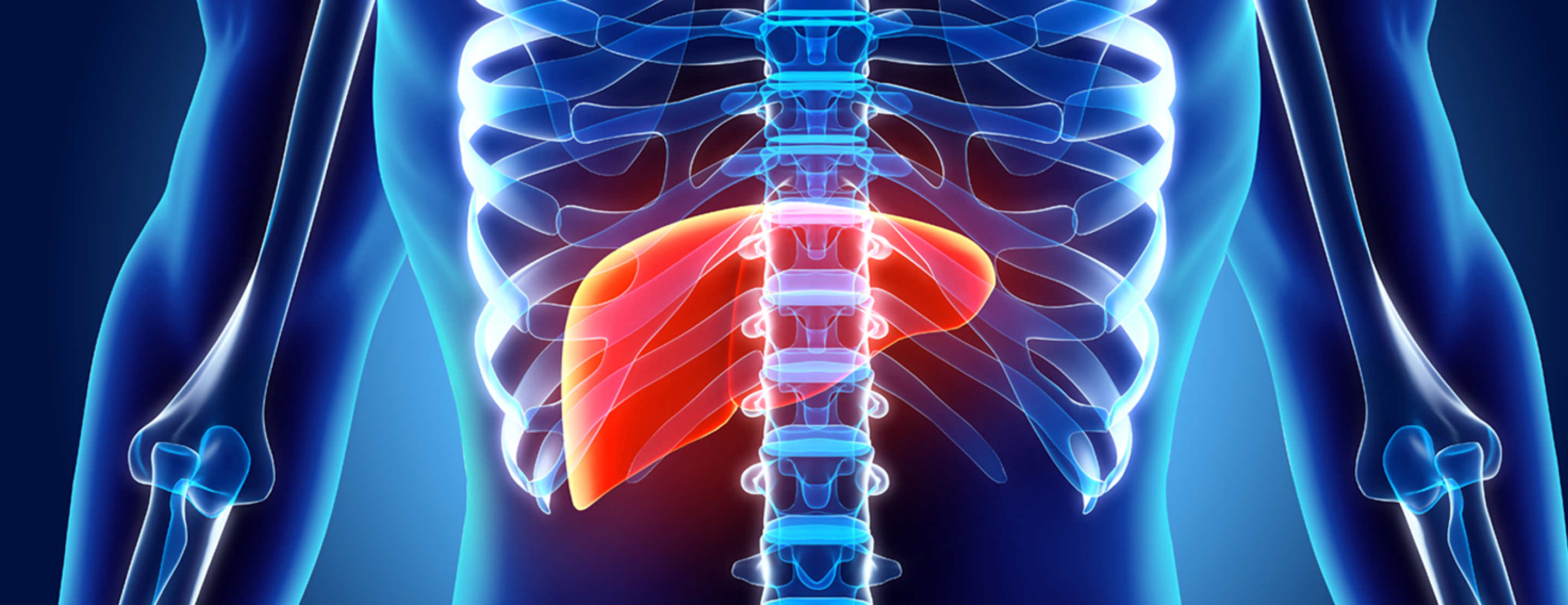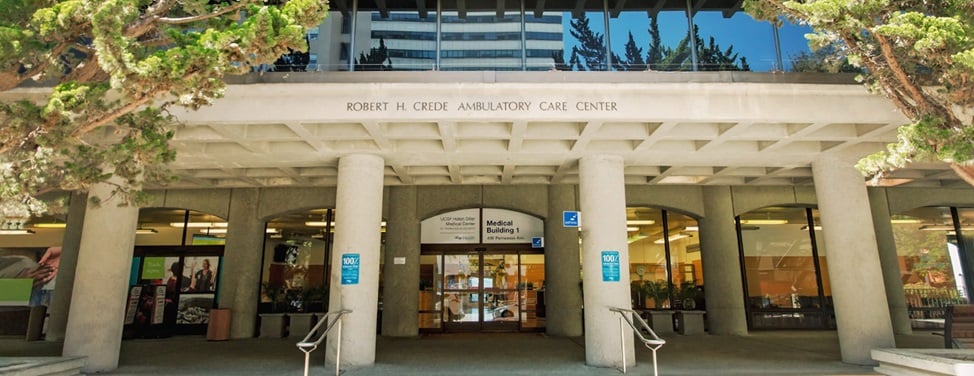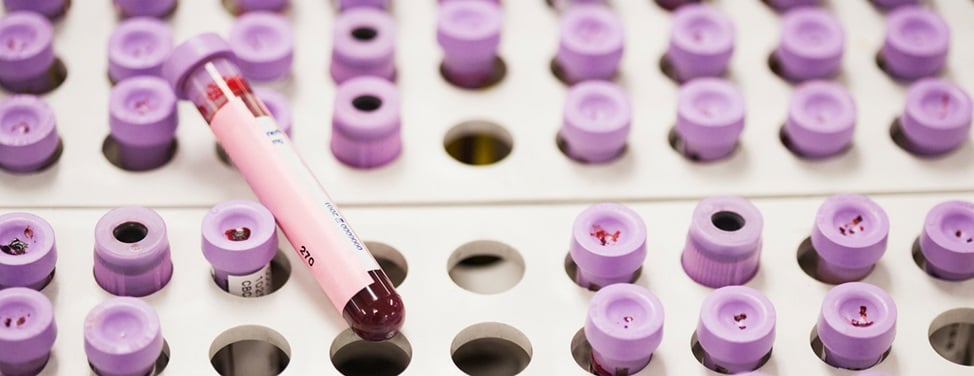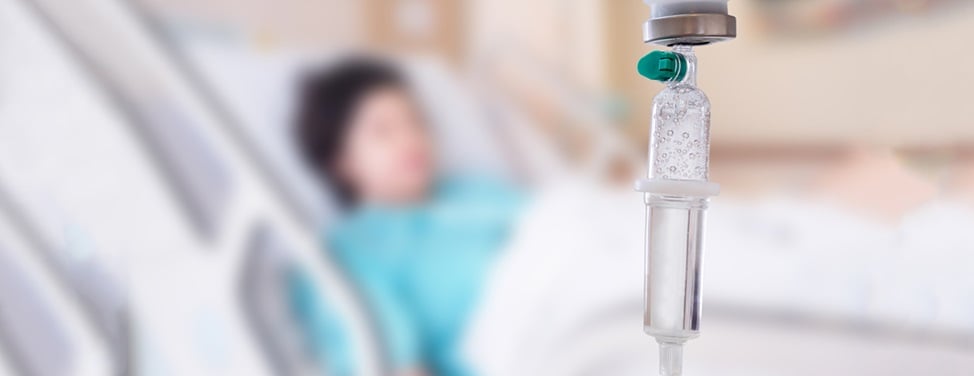
Liver Transplant Glossary
Abscess — A localized infection.
Angiogram — A test that uses X-rays to view blood vessels and detect blockages or other problems in the vessels. A dye is injected into the blood vessel to make the blood flow visible on an X-ray.
Ascites — The abnormal accumulation of fluid in the abdominal cavity caused by poor liver function and increased pressure in the liver veins.
Bilirubin — Pigment that's released from the normal breakdown of red blood cells and removed from the blood by the liver and passed into the intestine as part of the bile.
Cadaveric donor — A donor whose brain has suffered irreversible damage. In all cases, either the donor or the donor's family has agreed to the donation. Testing is performed to ensure that the organs are not damaged in any way, and then the organs are matched to a transplant candidate of compatible size and blood type.
CAT/CT scan — Computerized axial tomography (CAT or CT scan) is a three-dimensionaI X-ray picture of the internal organs used to detect a mass, an abscess, tissue damage or bleeding in the body.
Cirrhosis — A chronic scarring and degeneration of the liver cells. Many different diseases can cause cirrhosis.
Cholangiogram — The injection of dye into the bile ducts, either directly or through a T-tube, to see if bile is flowing into the intestine.
Coagulopathy — Abnormal blood clotting.
Echocardiogram — A test that uses sound waves to create a moving picture of the heart and determine how effectively the heart is pumping.
Edema — A condition in which the body retains too much fluid in the tissues, especially in the legs, ankles and hands.
Electrocardiogram — A test used to determine the type of heart rhythm and detect any injury to the heart tissue. During the test, electrodes are placed on the chest to detect the heart's electrical activity.
Encephalopathy — Change in consciousness, thinking abilities and behavior seen in advanced liver disease and caused by the accumulation of wastes from protein breakdown.
Endoscope — A small, telescope-like instrument that can be inserted into the esophagus, stomach and part of the small intestine.
Hepatitis — An inflammation of the liver.
HIDA scan — A test that helps measure general liver function and determines if there are any blockages of the bile ducts. During the test, a special dye is injected into an arm vein and its progress is tracked through the liver, bile ducts, gallbladder and small intestine.Immune response — The body's attempt to protect itself from bacteria, viruses and other materials that appear foreign to the body, such as a transplanted liver. Immunosuppressive or anti-rejection medicines are used to try to control the body's immune response to a transplanted liver.
Jaundice — Yellowness of the skin, membranes and body secretions caused by increased levels of bilirubin.
Liver biopsy — The taking of a small piece of liver tissue so the tissue can be examined for signs of damage, such as the body's rejection of a transplanted liver. The sample is obtained by inserting a special needle through the abdominal wall into the liver.
MUGA (multigated acquisition) scan — A scan of the heart that uses a radioactive tracer to assess the function of the heart and determine cardiac impairment.
Petechiae — Small spots of blood leakage in the skin or membranes. These are often seen with poor clotting.
Portal hypertension — High blood pressure in the veins of the liver caused by the damage and hardening of the liver around the veins. This high blood pressure forces the blood to be rerouted to other veins so it can return to the heart.
Pruritis — The medical term for itch. Pruritis may be caused by high levels of bilirubin.
Rejection — The body's attempt to protect itself from foreign tissues, such as a new liver. Immunosuppressive or anti-rejection medicines are used to try to prevent this.
Sclerotherapy — Treatment of varicose (swollen) veins by injecting chemicals that cause clotting and hardening of the veins. It's often done to prevent bleeding from the vessels into the esophagus or stomach.
Sepsis — Severe infection in the bloodstream.
T-tube — A small, soft tube that is temporarily inserted into the large bile duct to allow it to heal after liver transplant surgery without scarring and bile blockage.
Ultrasound — The use of sound waves to produce a picture of the inside of the body. Often used to detect masses or abscesses, or to determine bile duct size and blood flow in the liver veins.
Varices — Swollen blood vessels often found in the stomach, esophagus and intestines when there is high pressure in the liver veins.
UCSF Health medical specialists have reviewed this information. It is for educational purposes only and is not intended to replace the advice of your doctor or other health care provider. We encourage you to discuss any questions or concerns you may have with your provider.









